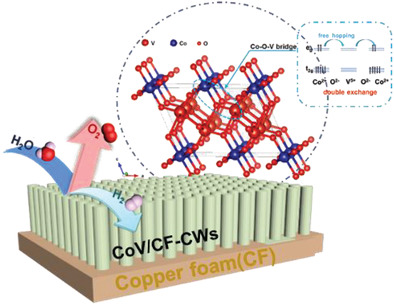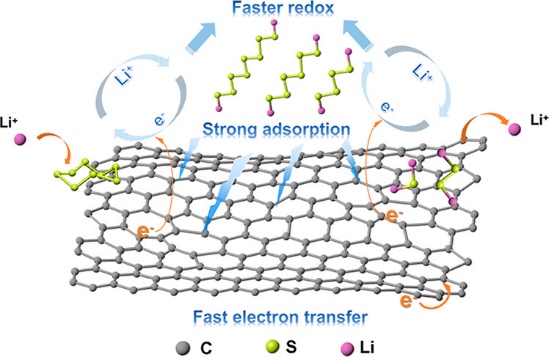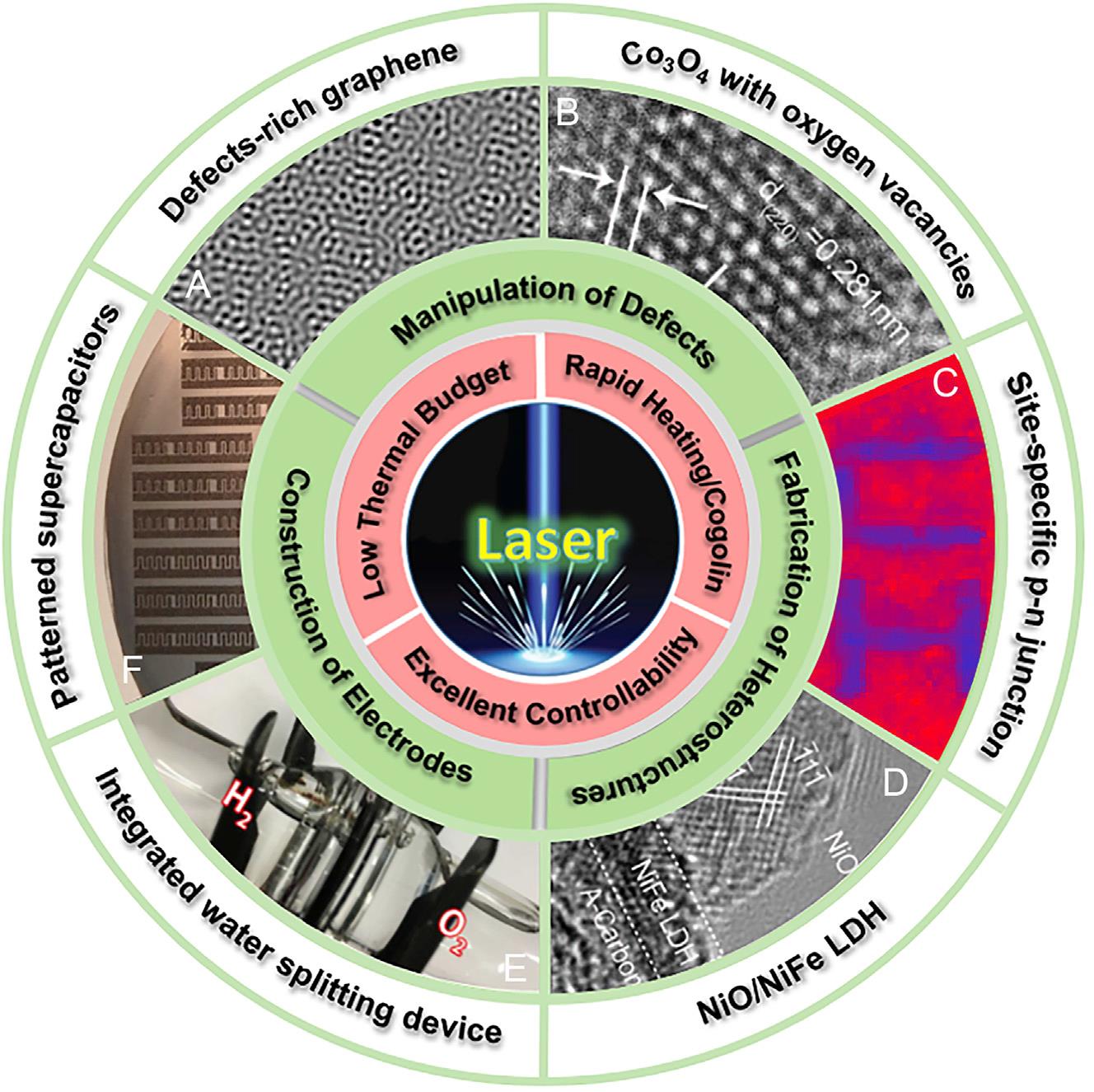Recently, the New Carbon Materials Lab has achieved a series of progress in the field of energy conversion and storage, with high-impact publications on Angewandte Chemie International Edition, Advanced Functional Materials, ACS Nano, Matter where China University of Petroleum (East China) is the first signature unit. This series of work focused on the national energy development strategy and carried out the prospective investigation of the key scientific problems related to high efficient utilization of traditional energy and the development of new energy. This research will be of paramount importance for the optimization of energy structure and promoting the coordination of traditional and renewable energy.
The work entitled Fe/Fe3C Boosts H2O2 Utilization for Methane Conversion Overwhelming O2 Generation has been accepted for publication on Angewandte Chemie International Edition and elected as the cover story. In this work, a novel photo-catalyst with tunable content of Fe/Fe3C and FeNx spin state has been developed to convert CH4 into liquid products with the assistance of H2O2 at ambient atmosphere. The catalyst designed in this work shows the highest activity towards the selective oxidation of CH4 in the H2O2-mediated photocatalysis system at ambient atmosphere (Figure 1).

Figure 1. The performance of Fe/Fe3C photocatalyst for selective CH4 oxidation.
The work entitled V “Bridged” Co-O to Eliminate Charge Transfer Barriers and Drive Lattice Oxygen Oxidation during Water‐Splitting has been published in Advanced Functional Materials. In this work, the research team innovatively introduced the “V” bridge bond to promote charge transfer efficiency, realizing essentially improved performance for water splitting (Figure 2).

Figure 2. Illustration of the effect of “V” bridged bond.
The work entitled Boosting the Pseudocapacitive and High Mass-Loaded Lithium/Sodium Storage through Bonding Polyoxometalate Nanoparticles on MXene Nanosheets has also been accepted for publication on Advanced Functional Materials. In this work, the intrinsic drawbacks of Polyoxometalate for energy storage have been overcome by hybridizing with MXene nanosheets. The as-obtained composite could promote pseudocapacitive lithium/sodium storage even at high-mass loading, which is highly demanded for real application.

Figure 3. The lithium/sodium storage performance of MXene and POM composites.
The work entitled Intrinsic Defect-Rich Hierarchically Porous Carbon Architectures Enabling Enhanced Capture and Catalytic Conversion of Polysulfides has been accepted by ACS Nano. For the first time, the role intrinsic defects of carbon materials for polysulfides capture and catalytic conversion has been investigated, providing an alternative strategy for designing high-performance carbon hosts of lithium-sulfur batteries.

Figure 4. Facilitated polysulfide capture and catalytic conversion.
Because of the remarkable progress, the research team has been invited to contribute a review on Matter, a newly-launched flagship journal by Cell Press. In this review, the research progress of laser irradiation of energy materials for energy storage and conversion has been comprehensively summarized, which could provide the readers a general understanding of the rising field (Figure 5).

Figure 5. Illustrating the possibility of regulating electrode materials for energy storage and conversion
New Carbon Materials Lab belongs to the State key Lay of Heavy Oil Processing. The focused interest of this team is the value-added utilization of heavy oil, contributing to a series of novel functional carbon materials derived from heavy oil with outstanding performance for energy storage, environment, and so on. Part of the research has successfully commercialized with good economic benefit and social impact.
Translated: Hu Han
Updated: 2021-04-01